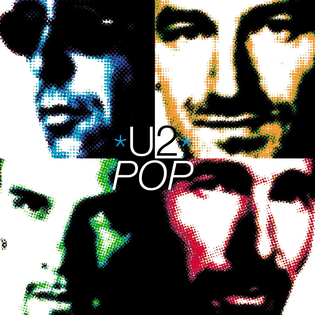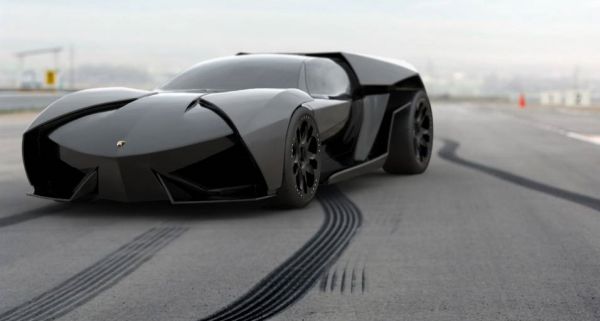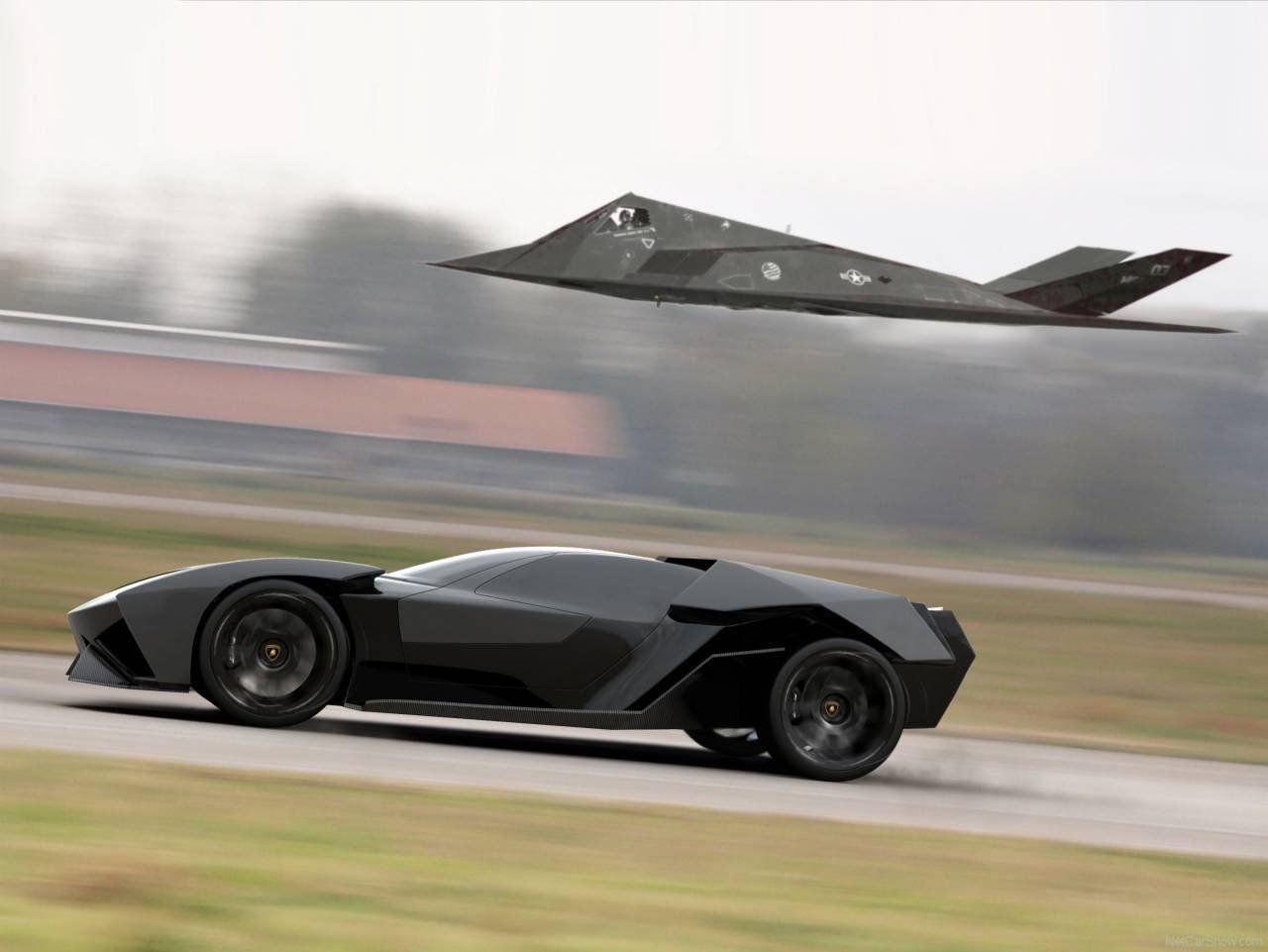March 3rd 1997, the latest album by Irish rock band U2 is out. The title is POP. A name that supposed to denounce the outselling of the end of the 20th century and the upcoming of the new millennium.
For many critics this album was so far the worst created among a sheer of successful albums that U2 nailed one after the other.
Fresh out of the Zoo TV Tour in '93, that took the band world wide again, new material was being poured in their studio in Dublin the very next year for a new album.
POP lists twelve tracks for a total length of 60 minutes and 9 seconds, with a bonus track named Holy Joe for the Japanese album version only. Produced by Flood, Steve Osborne and Howie B, POP is recorder between the Dublin studios and the South Beach Studios in Miami, Florida.
The band is set to recording sessions with electronic influences being suggested by their producers to update their sound, bands like Radiohead, Blur and Placebo were climbing the top billboards with a different sound that would set a new trend in rock music. At the same time the Oasis, Smashing Pumpkins and what remained of Nirvana rose very quickly with their powerful sound through radio and television as Mtv was spreading its signal world wide reaching with their message to every continent. But the four Irish musicians had already experimented with electronics when drummer Larry Mullen Jr and bassist Adam Clayton remixed in 1995 the Mission: Impossible theme, also nominated for a Grammy Award.
Bono and Edge also experimented with electronica producing with Brian Eno Original Soundtracks 1, under the name of "Passengers", which featured also Luciano Pavarotti.
Upon starting of the recording in London in 1995, U2 was introduced to another style where individual loops, samples and drum machines would be part of the sessions. All three producers were present to suggest ideas to the band into creating something different from their previous works. At the beginning there were difficulties among the four members due to the new technique used, also Larry Mullen suffered from back injuries that required surgery and he took the time off to heal and towards his new family. Mullen wasn't able to perform correctly and was also upset the band started without him. His absence was replaced by the new electronic instrumentation in the Dublin studio.
U2 was experimenting tracks and loops using another approach that lead to distance them self from the 80s sound and instrument philosophy, filters were used to edit Edge guitar and Clayton bass to achieve different melodies. The recordings was taking place in 1996 with a intended release for the Christmas holidays, in fact the band manager, Paul McGuinness, was eager to start a world tour upon album release.
The album was thought by the band as a deep message towards the spending-capitalistic and pop culture of the time. It served as a message that many didn't notice at all.
The album was thought by the band as a deep message towards the spending-capitalistic and pop culture of the time. It served as a message that many didn't notice at all.
Track one is Discothèque and a total new sound that took fans by surprise, many still with Bono being depicted ad the Fly and MecPhisto form the previous tour, POP was a punch in the face as described by many.
The techno/dance sound was nothing like people would expect, the song was fast and distorted sound replaced the guitars and the drums while Bono was singing with a different style. Since Discothèque is the first track on the album it was the first song many were listening dividing the fans in two giving thumbs up or down. It was one of those tracks that you either like or not from the first notes. The video added spice to the band when they recorded inside dome made of shiny materials, strobe, colored lights and disco balls. All that with Bono, Edge, Larry and Adam dressed like the YMCA. The word was out, the band changed direction and critics were also divided. The album featured pictures of the members in a new style that was far from Bono's long hairs and the Berlin Wall politically themd Zoo TV Tour.
The following tracks released as singles after Discothèque were: Staring at the sun, Last night on Earth, Please, If god will send his angels and Mofo, all in a period from February to December 1997. From the first to the last track the electronic influence seems to diminish towards a more alternative rock sound still with influences of jazz and blues. The song "If you wear that velvet dress" is a marvelous mellow track that is the opposite from the opening song of the album. A more relaxed and passionate U2 created a song that inspire sadness in just over five minutes of track where Clayton's base is well featured.
In the middle of POP Bono's religious devotion is perceived with the song "If god will send his angels" also featured in the movie City Of Angels with Nicholas Cage and Meg Ryan. "Please" also seems to follow that line with a political meaning. The cover for the single features four Irish politicians in order to continue on the steps that "Sunday bloody Sunday" did in the 80s, and to remember people that Northern Ireland was still in a turmoil.
The song is sad and the lyrics transmit the stress of a situation of distress where people are featured in the video on their knees, while Bono begs to get up. To stop the disgrace of the religious differences that saw Belfast ad the capital of an urban war between Irish and British.
Tracks like Miami and The playboy mansion have more rock rather than electronic influence with a hint of life in America. Miami is played in a trip rock style with powerful guitar rifts that Edge lays while Bono sings loudly "Miami... my momy!". The song is an excellent element that symbolizes the consumerism that America created and is victim to. Bono was sure that sending a strong message depicting the greedy society of today, people would start being aware of their mistakes, especially towards other countries, a way for him to emphasize his effort in his work with starving people in Africa.
The playboy mansion is present with in a synthesized construction. Both Larry and Edge recorded separately their instruments creating many loops that were pasted together along with Bonos's lyrics. It is mellow and soft almost with a similar style to "If you wear that velvet dress tonight".
Staring at the Sun and Last night on Earth feature distorted guitars that Edge enjoyed to perform. Both tracks are created to transit from the techno sound of the first tracks towards the more soft ones at the end. It is a progressive way to record and create an album that suffered from too many bad reviews. It was 1997 and still the press had a solid control over its news and had the power to influence the people in a strong way.
The last two tracks that I'll discuss are probably my favorite in this album. Many will disagree, much like the entire album, but Mofo and Gone are two passionate songs. The first one is about Bono's mother whom he lost when he was only 14 and the lyrics are powerful enough. It was their latest single to be launched in December of '97. Gone, instead, changes topic; but maintains a serious and sad tone with words that describe Bono's personal feelings in being a rock star ad changing persona continuously on and off stage and every tour. His characters are essential to his live concerts. From the late 80s to half the 90s Bono was The Fly, MacPhisto and Mirrorball Man. Conflicts of life on the road, in the studio, family man, huge salaries and a lavish lifestyle are all featured in an opened letter to the public in Gone.
POP has definetly changed U2's direction in a period were the computers were starting to become more and more essential to record studios. It is an album widely criticized for not being a continuation and a legacy of their sound in the 80s, but having POP filled with tracks that resembled The Joshua Tree or Achtung Baby would have branded the band as old and unable to reinvent itself.
If the internet was strong as much as it is today, POP could have used it spread its message in a much easier way, on a level where everybody would have understood it without any media filtering.
The following tracks released as singles after Discothèque were: Staring at the sun, Last night on Earth, Please, If god will send his angels and Mofo, all in a period from February to December 1997. From the first to the last track the electronic influence seems to diminish towards a more alternative rock sound still with influences of jazz and blues. The song "If you wear that velvet dress" is a marvelous mellow track that is the opposite from the opening song of the album. A more relaxed and passionate U2 created a song that inspire sadness in just over five minutes of track where Clayton's base is well featured.
In the middle of POP Bono's religious devotion is perceived with the song "If god will send his angels" also featured in the movie City Of Angels with Nicholas Cage and Meg Ryan. "Please" also seems to follow that line with a political meaning. The cover for the single features four Irish politicians in order to continue on the steps that "Sunday bloody Sunday" did in the 80s, and to remember people that Northern Ireland was still in a turmoil.
The song is sad and the lyrics transmit the stress of a situation of distress where people are featured in the video on their knees, while Bono begs to get up. To stop the disgrace of the religious differences that saw Belfast ad the capital of an urban war between Irish and British.
Tracks like Miami and The playboy mansion have more rock rather than electronic influence with a hint of life in America. Miami is played in a trip rock style with powerful guitar rifts that Edge lays while Bono sings loudly "Miami... my momy!". The song is an excellent element that symbolizes the consumerism that America created and is victim to. Bono was sure that sending a strong message depicting the greedy society of today, people would start being aware of their mistakes, especially towards other countries, a way for him to emphasize his effort in his work with starving people in Africa.
The playboy mansion is present with in a synthesized construction. Both Larry and Edge recorded separately their instruments creating many loops that were pasted together along with Bonos's lyrics. It is mellow and soft almost with a similar style to "If you wear that velvet dress tonight".
Staring at the Sun and Last night on Earth feature distorted guitars that Edge enjoyed to perform. Both tracks are created to transit from the techno sound of the first tracks towards the more soft ones at the end. It is a progressive way to record and create an album that suffered from too many bad reviews. It was 1997 and still the press had a solid control over its news and had the power to influence the people in a strong way.
The last two tracks that I'll discuss are probably my favorite in this album. Many will disagree, much like the entire album, but Mofo and Gone are two passionate songs. The first one is about Bono's mother whom he lost when he was only 14 and the lyrics are powerful enough. It was their latest single to be launched in December of '97. Gone, instead, changes topic; but maintains a serious and sad tone with words that describe Bono's personal feelings in being a rock star ad changing persona continuously on and off stage and every tour. His characters are essential to his live concerts. From the late 80s to half the 90s Bono was The Fly, MacPhisto and Mirrorball Man. Conflicts of life on the road, in the studio, family man, huge salaries and a lavish lifestyle are all featured in an opened letter to the public in Gone.
POP has definetly changed U2's direction in a period were the computers were starting to become more and more essential to record studios. It is an album widely criticized for not being a continuation and a legacy of their sound in the 80s, but having POP filled with tracks that resembled The Joshua Tree or Achtung Baby would have branded the band as old and unable to reinvent itself.
If the internet was strong as much as it is today, POP could have used it spread its message in a much easier way, on a level where everybody would have understood it without any media filtering.













